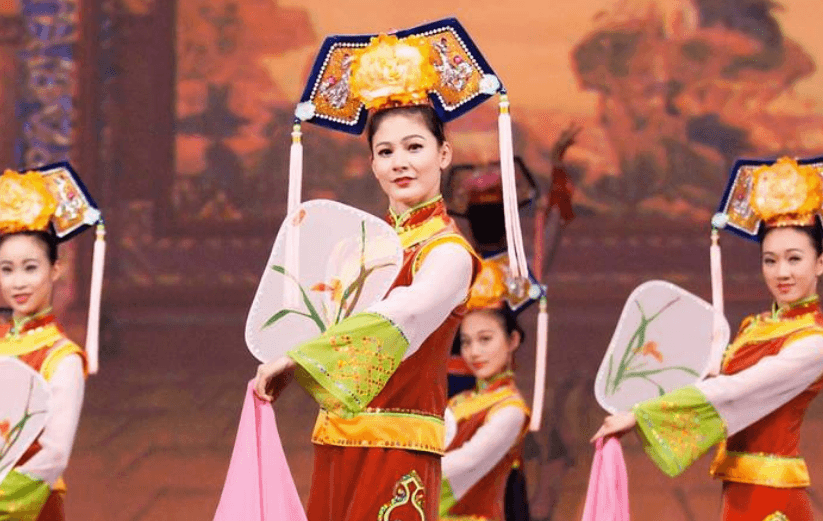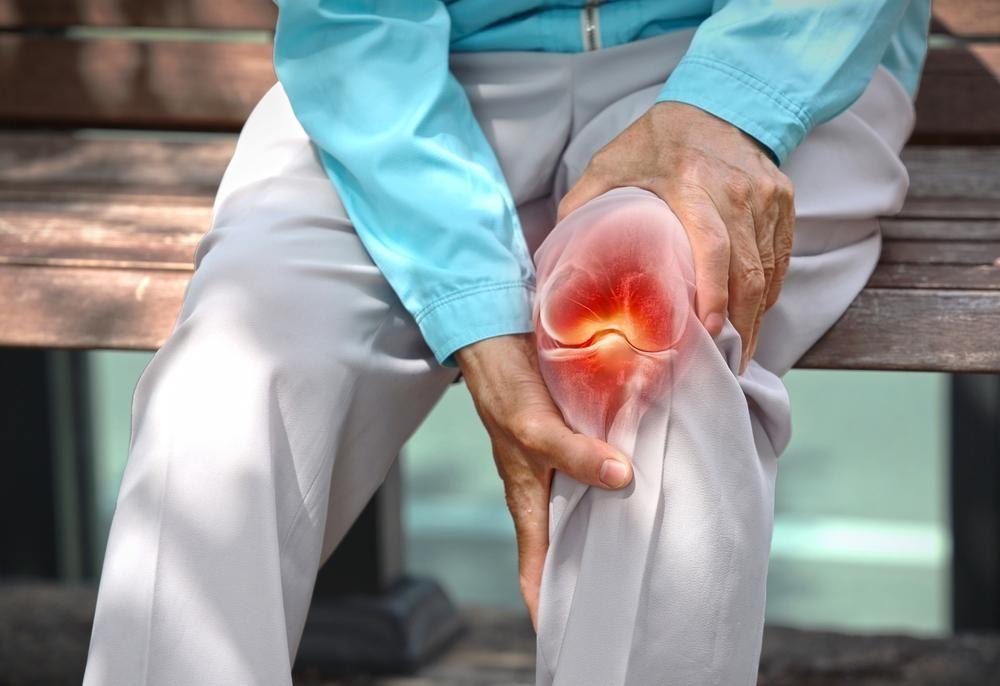The princesses of the Manchurian court and maidens of noble families were a signature sight of China’s last dynasty, the Qing (1644-1911 C.E.). These ladies wore elaborate headdresses, elevated shoes, and long qipao gowns with lavish embellishments along with their collars, hems, and slits made of heavy satin or silk. Perhaps for every fashionista, beauty comes at a price, and this was indeed the case for Manchurian women.
Manchurian ladies wore huge fan-shaped headdresses decorated with flowers on the front and back, with two strings of tassels running down each side. What’s more, the ladies’ pedestal shoes had “heels” in the middle of the footwear, which forced them to walk in tiny steps while gently swinging their arms to and fro. Sewn with beautiful floral designs and patterns, the shoes are made and set atop an elevated base creating a flower-pot effect; hence they’re called “flower-pot shoes.”





